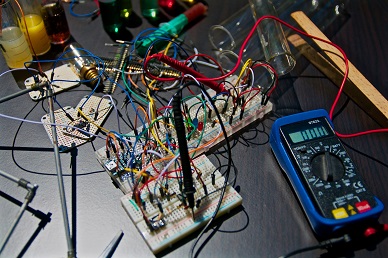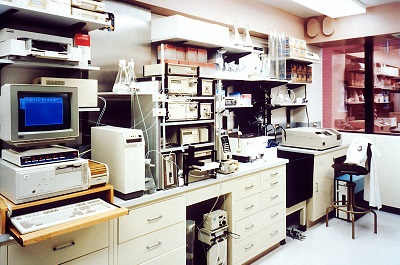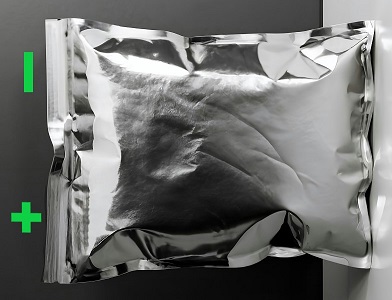






- WP1 Project Management and Coordination – Leader: IGIC
- Objectives:
(i) to coordinate the project on strategic level (decision-making, overall management and monitoring, quality assurance, risk management, management of the research data in line with the FAIR principles) which contains an Advisory Board, the General Assembly and the Executive Board;
(ii) to coordinate the project on the operational level (operational workflow and its performance over time and tasks) which comprises the work package and task leaders.
(iii) to organize and control the whole administrative and financial activities of the project
(iv) to carry out regular contacts with national and EC representatives;
(v) to ensure a sustainable cooperation between the partners beyond the project.
- Objectives:
- WP2 Surface engineering – Leader: UCO
- Objectives:
(i) to stabilize oxygen redox activity at oxide electrodes by surface treatment with “oxygen-storage” materials;
(ii) to enhance the electronic conductivity of the phosphate-related electrodes by coating them with oxygen-ion conductors;
(iii) to improve surface stability of the electrodes by simultaneous coating with carbon and oxides;
(iv) to prevent the surface reactivity of the electrodes by surface coating with electrochemically inactive oxides.
- Objectives:
- WP3 Electrochemical properties – Leader: UCO
- WP3 aims to identify the optimum half-cell configuration at the small level and to transfer the learnings into the fabrication of full Na-ion cells (WP5).
(i) to reveal possible electrochemical issues related to electrode-electrolyte interface leading to performance improvement of the system;
(ii) to uncover parasitic electrochemical reactions and see if we can remove them by clever surface electrode modification.
Feedback to the previous WP2 for optimization of surface deposition techniques will be considered.
- WP3 aims to identify the optimum half-cell configuration at the small level and to transfer the learnings into the fabrication of full Na-ion cells (WP5).
- WP4 Surface monitoring: in-situ & ex-situ methods – Leader: IU
- WP4 is designed to utilize a smart combination of in-situ and ex-situ physicochemical methods for monitoring the electrodes during cell operation. The amalgamation of experimental and theoretical data will allow a new level of comprehension of the surface reactions occurring at the modified electrodes. The specific objectives are:
(i) to determine the key surface parameters controlling the performance of modified electrodes
(ii) to identify the mechanism of surface and bulk degradation reactions;
(iii) to analyse the “electrode-electrolyte” interface concerning both oxide- and phosphate-based materials;
(iv) to provide accurate data to feed the MASTER database in WP6.
- WP4 is designed to utilize a smart combination of in-situ and ex-situ physicochemical methods for monitoring the electrodes during cell operation. The amalgamation of experimental and theoretical data will allow a new level of comprehension of the surface reactions occurring at the modified electrodes. The specific objectives are:
- WP5 Full Na-ion pouch battery – Leader: RUTE
- WP5 aims to evaluate critical parameters, which are essential for further implementing and upscaling a full Na-ion cell.
- WP6 MASTER Database – Leader: IGIC
- The objective of WP6 is to create database through accurate collection of data from electrode surface chemistry, as well as from electrochemical, chemical and morphological properties of modified electrodes.
- WP7 Dissemination, communications and impact maximization – Leader: IGIC
- The objective of WP6 is to create database through accurate collection of data from electrode surface chemistry, as well as from electrochemical, chemical and morphological properties of modified electrodes.WP7 aims:
(i) to implement a dissemination and communication strategy enabling wide project visibility and impact at national and international levels;
(ii) to coordinate and manage the exploitation of MASTER results and innovation, and IP;
(iii) to ensure the key project results reach to the relevant stakeholders;
(iv) to raise European and national public awareness of the role of Na-ion battery plays for resolving the global challenges for large-scale energy storage.
- The objective of WP6 is to create database through accurate collection of data from electrode surface chemistry, as well as from electrochemical, chemical and morphological properties of modified electrodes.WP7 aims:
Mastering Electrode Surface to Achieve Ultra-High Reversible Capacity
